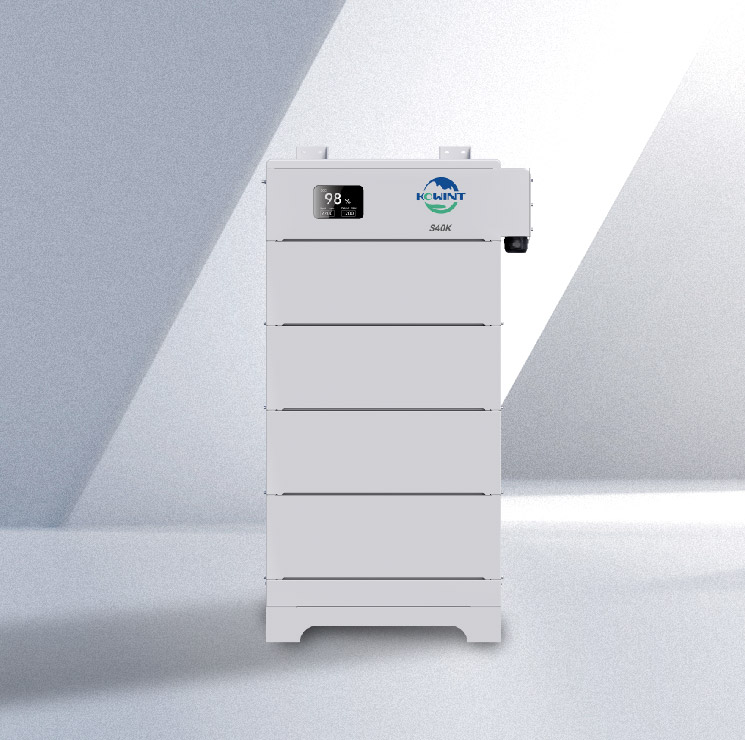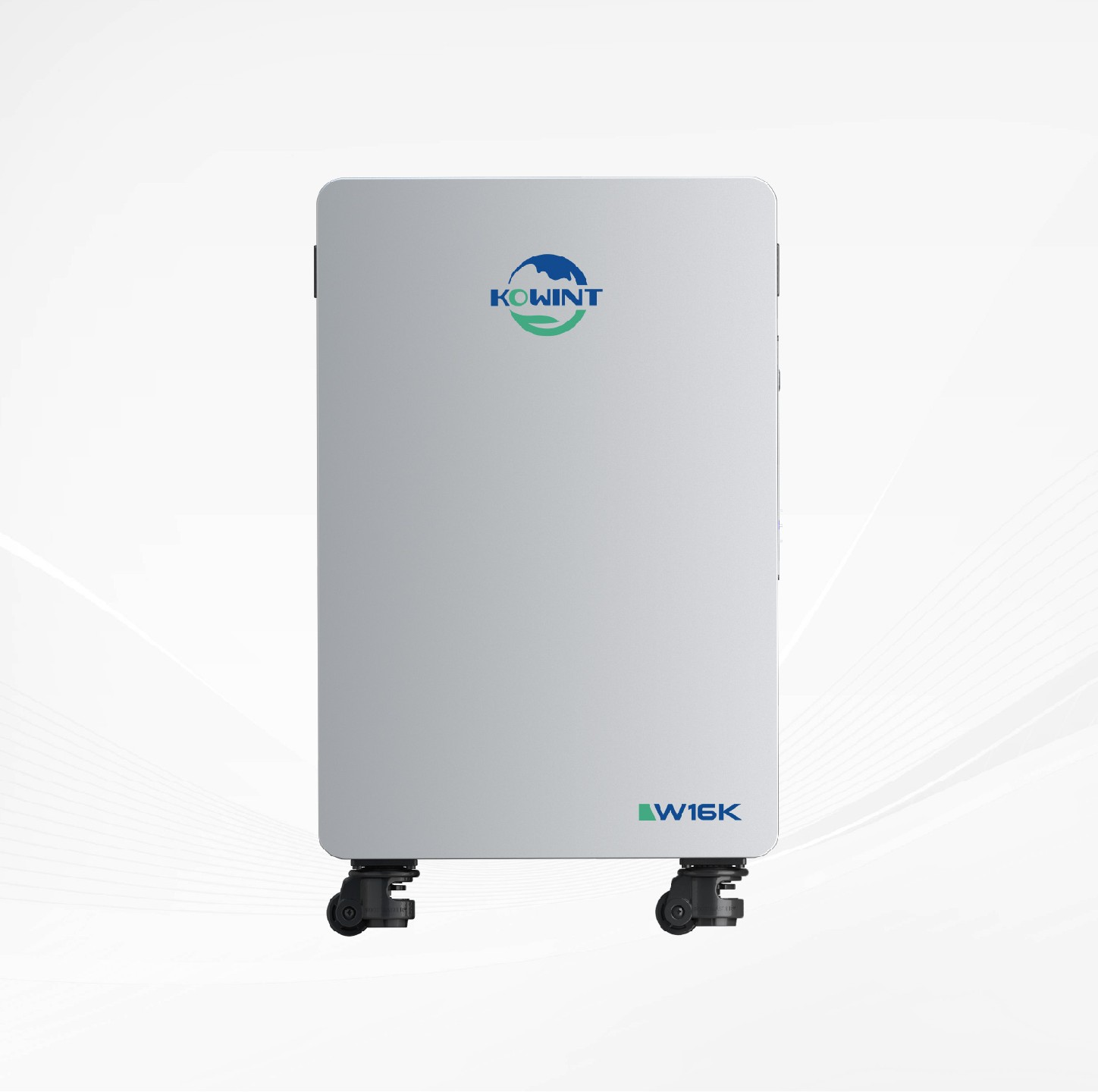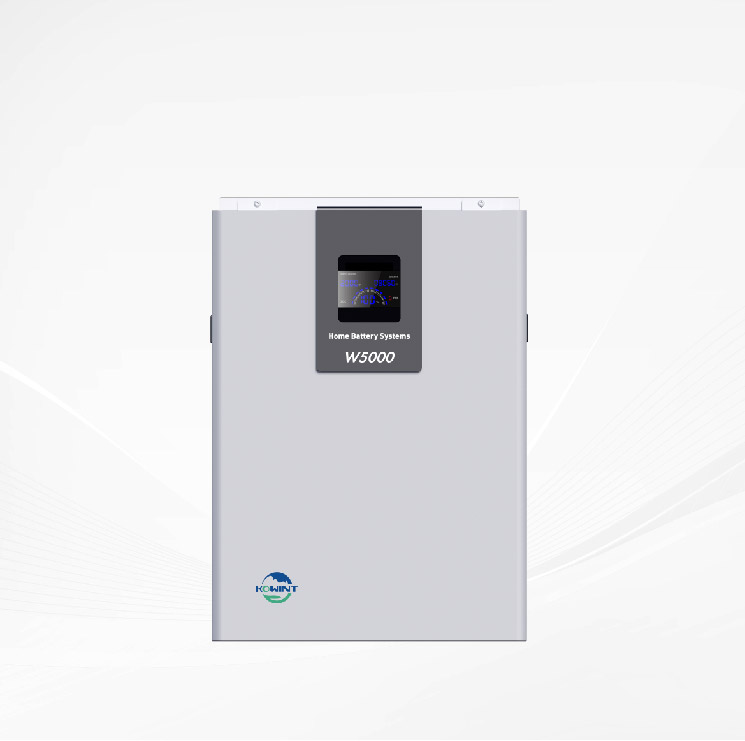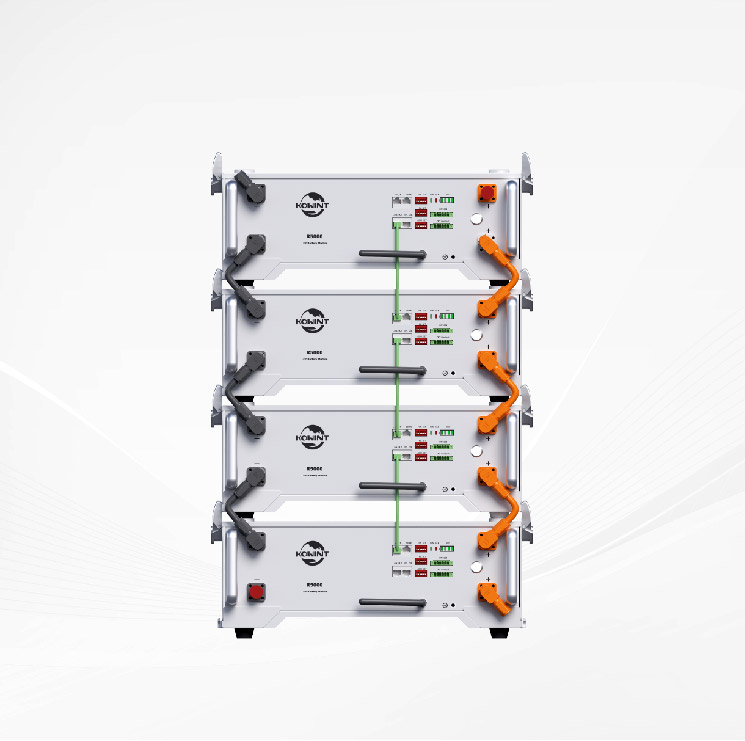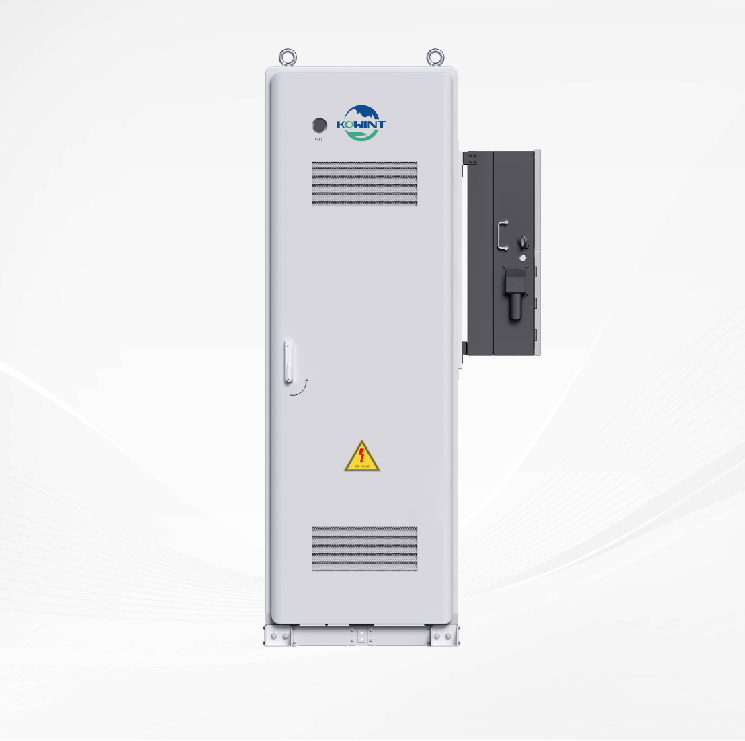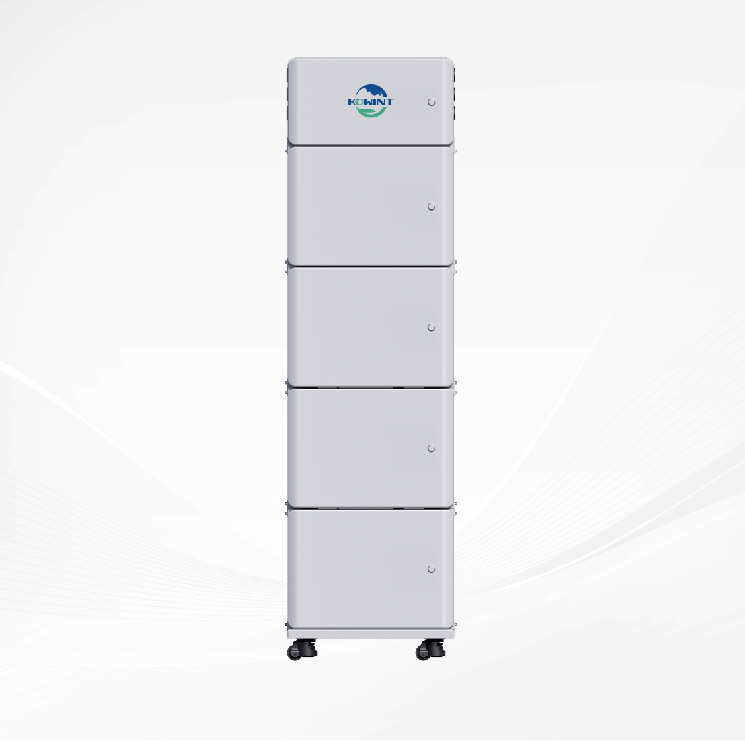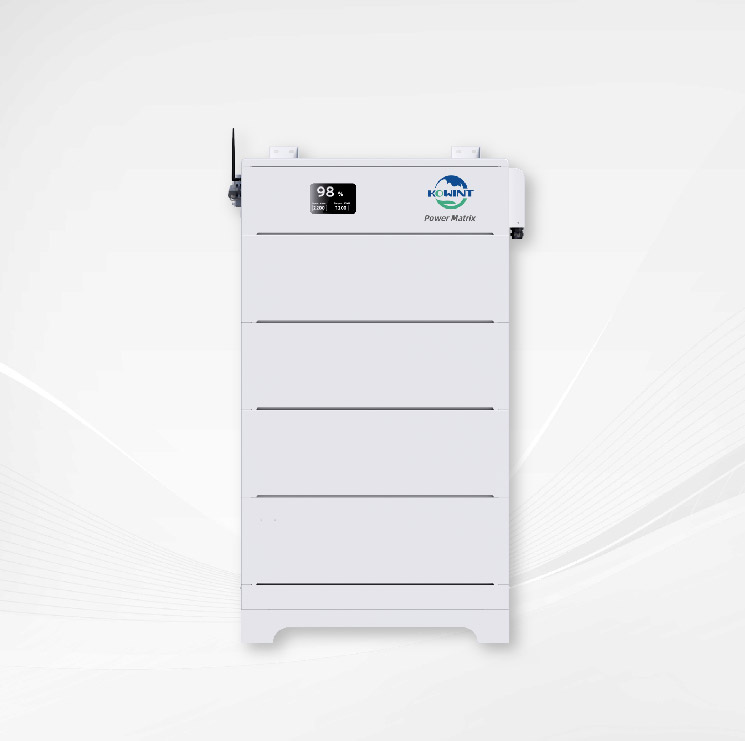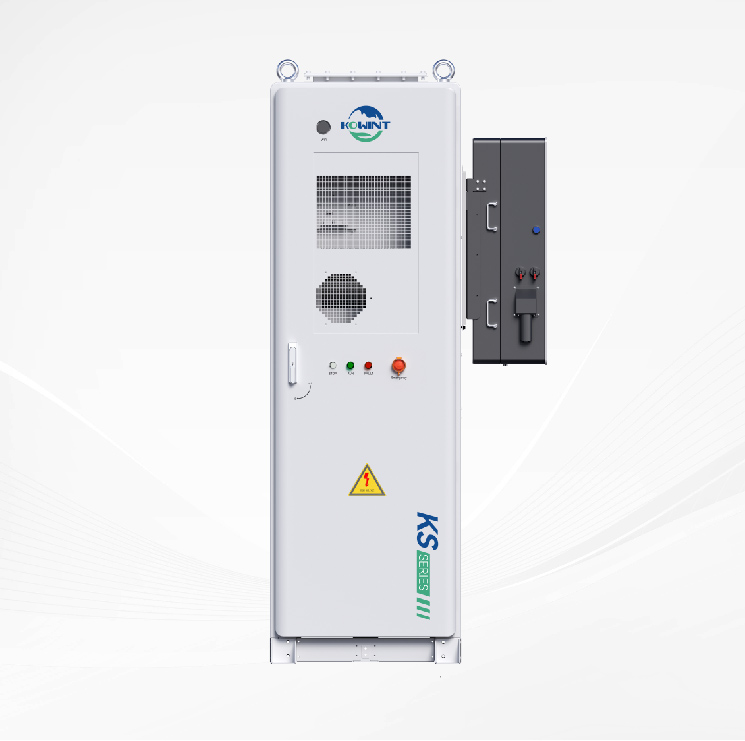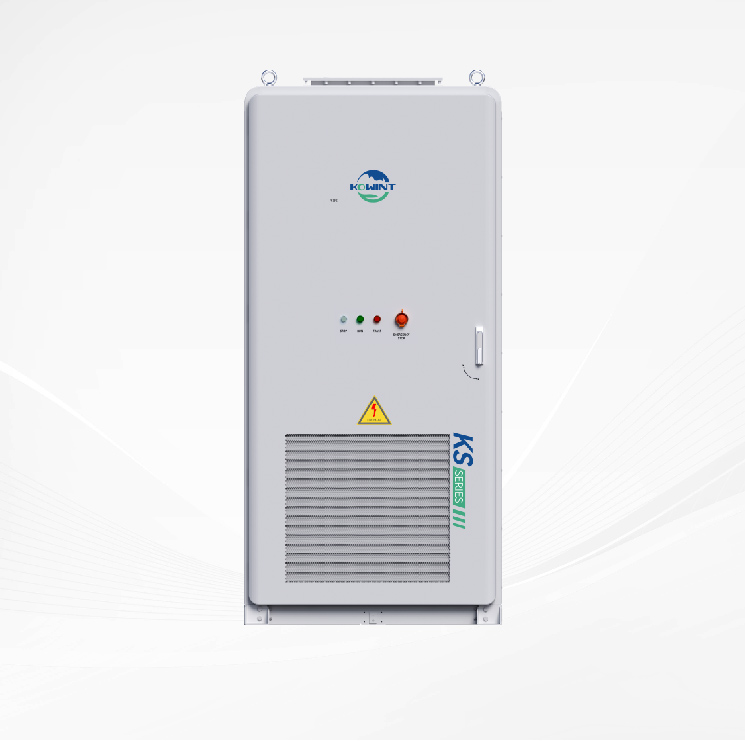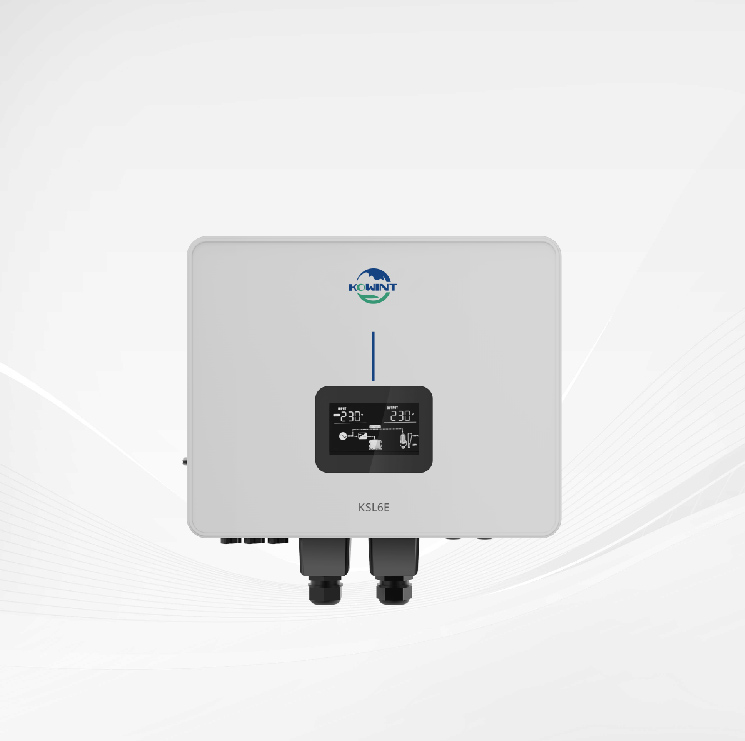Troubleshooting Guide: What to Do When Your Solar Panel Isn't Charging Your Battery
Solar energy stands as a cornerstone in the realm of renewable energy systems, with solar panels playing a pivotal role in charging batteries for both off-grid and hybrid solar setups. However, encountering an issue where solar panels fail to effectively charge batteries can be disheartening and impactful. In this guide, we delve into the nuances of troubleshooting when your solar panel isn't adequately charging your battery. By understanding the intricacies of solar charging systems and identifying potential problems, you can navigate through solutions and preventive measures to ensure optimal performance and longevity of your solar energy system.
Understanding Solar Charging Systems
Components of a Solar Charging System:
l Solar Panels: These are the primary components responsible for converting sunlight into electricity. Solar panels are composed of photovoltaic cells that generate direct current (DC) electricity when exposed to sunlight.
l Charge Controllers: Charge controllers regulate the flow of electricity from solar panels to batteries, preventing overcharging and over-discharging. They come in two main types: Pulse Width Modulation (PWM) and Maximum Power Point Tracking (MPPT).
l Batteries: Deep cycle batteries are essential for storing the electricity generated by solar panels for later use. These batteries are designed to withstand repeated charging and discharging cycles.
l Inverters: Inverters convert the DC electricity stored in batteries into alternating current (AC) electricity, which is compatible with most household appliances and electronic devices.

Charging Process:
l Bulk Charging: In the bulk charging stage, the charge controller allows the maximum current from the solar panels to flow into the batteries. This stage rapidly replenishes the battery's charge.
l Absorption Charging: Once the battery voltage reaches a certain threshold, the charge controller switches to the absorption charging stage. Here, the voltage remains constant, while the charging current gradually decreases as the battery approaches full capacity.
l Float Charging: After the absorption stage, the charge controller enters the float charging stage. In this stage, the voltage is reduced to a lower level to maintain the battery at full charge without overcharging it. Float charging prevents self-discharge and prolongs battery life.
Importance of Proper Sizing and Configuration:
l System Sizing: Properly sizing the solar panel array, battery bank, and charge controller is crucial for meeting energy demands and ensuring optimal system performance.
l Wiring and Configuration: Correct wiring and configuration of components minimize energy losses and maximize efficiency. This includes selecting appropriate wire sizes, configuring panels in series or parallel, and connecting components according to manufacturer specifications.
Key Considerations for Efficiency:
l Sunlight Exposure: Solar panel efficiency is directly impacted by the amount of sunlight they receive. Optimal positioning and orientation of solar panels maximize exposure to sunlight throughout the day.
l Temperature: Solar panel performance decreases at higher temperatures. Proper ventilation and airflow around solar panels help dissipate heat and maintain efficiency.
l Shading: Even partial shading of solar panels can significantly reduce energy production. Shading analysis and mitigation techniques, such as panel tilting or tree trimming, help minimize shading effects and maximize energy harvest.
Understanding the components and operation of a solar charging system is essential for troubleshooting and optimizing performance. By ensuring proper sizing, configuration, and maintenance, users can maximize the efficiency and longevity of their solar energy systems.
Identifying the Problem
Signs and Symptoms:
l Decreased Battery Charge: Noticeable reduction in battery charge despite adequate sunlight exposure.
l Low Voltage Readings: Voltage readings from the battery bank indicating below-normal levels, especially during peak sunlight hours.
l Reduced System Performance: Diminished power output from appliances or devices powered by the solar system, indicating insufficient energy supply.
Common Causes:
l Shading Issues: Partial shading of solar panels caused by nearby trees, buildings, or other obstructions can significantly reduce energy production.
l Dirt and Debris Accumulation: Accumulation of dust, dirt, bird droppings, or other debris on solar panels can block sunlight and reduce efficiency.
l Faulty Wiring or Connections: Loose, damaged, or corroded wiring connections between solar panels, charge controller, batteries, or inverter can impede energy flow.
l Inverter or Charge Controller Malfunctions: Malfunctioning or improperly configured charge controllers or inverters can disrupt the charging process and limit energy transfer.
l Battery Degradation: Over time, deep cycle batteries may degrade or lose capacity due to factors such as age, improper maintenance, or frequent deep discharges.
Diagnostic Procedures:
l Visual Inspection: Visually inspect solar panels for shading, dirt, or damage. Check wiring connections for signs of wear, corrosion, or looseness.
l Voltage Testing: Use a multimeter to measure voltage levels at various points in the solar charging system, including solar panels, charge controller, batteries, and load connections.
l Performance Monitoring: Monitor system performance over time to identify patterns or anomalies in energy production, battery charge levels, and load consumption.
Data Logging and Analysis:
l Data Logging: Install data logging equipment or software to record and analyze system performance data, including solar panel output, battery voltage, charge controller operation, and load consumption.
l Performance Analysis: Analyze logged data to identify trends, correlations, or abnormalities that may indicate underlying issues affecting solar panel charging.
Professional Assistance:
l When to Seek Help: If troubleshooting efforts fail to resolve the issue or if safety concerns arise, consider seeking assistance from a qualified solar energy technician or installer.
l Expert Diagnosis: Solar energy professionals can perform comprehensive diagnostic tests, identify underlying problems, and recommend appropriate solutions to restore optimal system performance.
Identifying the underlying cause of a solar panel not charging the battery effectively requires systematic diagnosis and troubleshooting. By understanding common signs and symptoms, conducting diagnostic procedures, and seeking professional assistance when needed, users can pinpoint and address issues to restore the efficiency and reliability of their solar charging systems.
Troubleshooting Steps
Visual Inspection:
l Examine Solar Panels: Inspect solar panels for shading, dirt, debris, or damage. Clear any obstructions and clean panels if necessary.
l Check Wiring Connections: Inspect wiring connections between solar panels, charge controller, batteries, and inverter for looseness, corrosion, or damage. Tighten connections and replace damaged wires or connectors as needed.
Voltage Testing:
l Measure Solar Panel Output: Use a multimeter to measure voltage output from solar panels under direct sunlight. Compare readings to expected values to assess panel performance.
l Check Battery Voltage: Measure voltage levels at the battery terminals to determine battery charge status. Low voltage readings may indicate insufficient charging or battery degradation.
l Test Charge Controller and Inverter: Measure voltage levels at the input and output terminals of the charge controller and inverter to ensure proper operation. Verify that voltage levels are within expected ranges.
Performance Monitoring:
l Monitor Energy Production: Track energy production from solar panels over time to identify patterns or anomalies in output. Sudden drops or fluctuations in production may indicate underlying issues.
l Monitor Battery Charge Levels: Regularly monitor battery charge levels to ensure they are being adequately replenished by the solar charging system. Low charge levels may indicate charging inefficiency or battery degradation.
Data Logging and Analysis:
l Install Data Logging Equipment: Install data logging equipment or software to record system performance data, including solar panel output, battery voltage, charge controller operation, and load consumption.
l Analyze Logged Data: Analyze logged data to identify trends, correlations, or abnormalities that may indicate underlying issues affecting solar panel charging. Look for patterns in energy production, battery charge levels, and load consumption.
Troubleshooting Charge Controller and Inverter:
l Check Charge Controller Settings: Review charge controller settings to ensure they are configured correctly for the battery type and system voltage. Adjust settings if necessary to optimize charging parameters.
l Inspect Inverter Functionality: Test inverter functionality by connecting a known working load and verifying proper operation. Check for error codes or warning indicators that may indicate malfunctions.
Battery Health Assessment:
l Perform Battery Load Test: Conduct a load test on the batteries to assess their capacity and performance under load. Compare test results to manufacturer specifications to determine battery health.
l Check Battery Electrolyte Levels: For flooded lead-acid batteries, check electrolyte levels and specific gravity to ensure proper hydration and electrolyte concentration.
System Reconfiguration or Upgrade:
l Optimize System Configuration: Consider reconfiguring solar panel orientation, wiring layout, or component placement to maximize energy production and efficiency.
l Upgrade Components: If troubleshooting efforts fail to resolve the issue, consider upgrading components such as charge controllers, inverters, or batteries to improve system performance and reliability.
Professional Assistance:
l Consult Solar Energy Technician: If troubleshooting efforts are unsuccessful or if safety concerns arise, seek assistance from a qualified solar energy technician or installer.
l Expert Diagnosis and Repair: Solar energy professionals can perform comprehensive diagnostic tests, identify underlying problems, and recommend appropriate solutions to restore optimal system performance.
By systematically troubleshooting each component of the solar charging system, users can identify and address issues affecting solar panel charging efficiency. Regular maintenance and monitoring are essential to ensure continued performance and reliability of the solar energy system.

Solutions and Fixes
Optimizing Solar Panel Performance:
1. Shading Mitigation Techniques:
l Trim or remove nearby trees, branches, or structures that cast shadows on solar panels during peak sunlight hours.
l Install shade sails, awnings, or vegetation barriers to minimize shading effects on solar panels.
2. Cleaning and Maintenance:
l Regularly clean solar panels to remove dirt, dust, pollen, bird droppings, and other debris that can obstruct sunlight and reduce efficiency.
l Use a soft brush, mild detergent, and water to gently scrub the surface of solar panels and rinse thoroughly with clean water.
Checking and Repairing Wiring Connections:
1. Tightening Connections:
l Inspect wiring connections between solar panels, charge controller, batteries, and inverter for looseness or corrosion.
l Use appropriate tools to tighten terminal screws and connectors to ensure secure connections.
2. Replacing Damaged Wires or Connectors:
l Replace damaged or corroded wires, connectors, or junction boxes to restore electrical conductivity and prevent voltage drops.
Adjusting Charge Controller and Inverter Settings:
1. Voltage and Charging Parameters:
l Review charge controller settings to ensure they are configured correctly for the battery type, system voltage, and charging parameters.
l Adjust voltage setpoints, charging stages, and temperature compensation settings as recommended by the battery manufacturer.
2. Inverter Configuration:
l Verify inverter settings and output parameters to ensure compatibility with load requirements and system configuration.
Battery Maintenance and Replacement:
1. Equalizing Charges:
l Perform equalization charges on flooded lead-acid batteries to balance cell voltages and remove sulfation.
l Follow manufacturer recommendations and safety precautions when conducting equalization charges.
2. Monitoring Battery Health:
l Regularly monitor battery voltage, specific gravity (for flooded lead-acid batteries), and electrolyte levels to assess battery health and performance.
l Replace degraded or failing batteries with new ones of the same type and specifications to restore system performance.
Upgrading System Components:
1. Charge Controller and Inverter Upgrade:
l Consider upgrading to a higher capacity or more advanced charge controller or inverter with improved efficiency, monitoring capabilities, and performance.
2. Battery Replacement:
l Upgrade to higher capacity, higher efficiency, or maintenance-free batteries, such as lithium-ion or gel batteries, to improve energy storage and longevity.
Professional Assistance:
1. Consulting Solar Energy Technician:
l If DIY troubleshooting and fixes are unsuccessful, seek assistance from a qualified solar energy technician or installer.
l Experienced professionals can conduct comprehensive system diagnostics, identify underlying issues, and recommend appropriate solutions.
Regular Maintenance and Monitoring:
1. Scheduled Maintenance:
l Establish a regular maintenance schedule to perform routine inspections, cleaning, and maintenance tasks on solar panels, wiring, batteries, and other system components.
2. Monitoring System Performance:
l Utilize monitoring equipment or software to track system performance, energy production, battery charge levels, and load consumption.
l Monitor environmental conditions, such as temperature, humidity, and sunlight exposure, to identify factors affecting system performance.
By implementing these solutions and fixes, users can address common issues affecting solar panel charging efficiency and restore optimal performance to their solar energy systems. Regular maintenance, monitoring, and occasional upgrades are essential to ensure continued reliability and efficiency of the solar charging system over time.
Prevention and Maintenance
Regular Inspection and Cleaning:
l Scheduled Inspections: Establish a routine schedule for inspecting all components of the solar charging system, including solar panels, wiring connections, charge controllers, batteries, and inverters.
l Visual Inspection: Conduct visual inspections to check for signs of shading, dirt, debris, or damage on solar panels. Inspect wiring connections for looseness, corrosion, or wear.
l Cleaning Procedures: Clean solar panels regularly to remove dirt, dust, pollen, bird droppings, and other debris that may accumulate on the surface. Use a soft brush, mild detergent, and water to gently scrub the panels and rinse thoroughly.
Battery Maintenance:
l Monitoring Battery Health: Regularly monitor battery voltage, specific gravity (for flooded lead-acid batteries), and electrolyte levels to assess battery health and performance. Check for signs of corrosion or sulfation on battery terminals.
l Equalization Charges: Perform periodic equalization charges on flooded lead-acid batteries to balance cell voltages and remove sulfation. Follow manufacturer recommendations and safety precautions when conducting equalization charges.
System Configuration Optimization:
l Solar Panel Orientation: Optimize the orientation and tilt angle of solar panels to maximize sunlight exposure throughout the day. Adjust panel orientation seasonally to account for changes in the sun's position.
l Wiring and Connection Checks: Regularly check wiring connections between solar panels, charge controllers, batteries, and inverters for tightness, corrosion, or damage. Replace damaged wires or connectors as needed.
l Inverter and Charge Controller Settings: Review and adjust inverter and charge controller settings as necessary to ensure they are configured correctly for the battery type, system voltage, and charging parameters.
Environmental Considerations:
l Temperature Management: Monitor ambient temperature conditions around solar panels and batteries. Ensure proper ventilation and airflow to prevent overheating and reduce temperature-related performance losses.
l Protection from Elements: Install protective covers or enclosures for sensitive system components, such as charge controllers, inverters, and wiring connections, to shield them from exposure to rain, snow, dust, and other environmental elements.
Periodic System Testing:
l Voltage Testing: Use a multimeter to measure voltage levels at various points in the solar charging system, including solar panels, charge controllers, batteries, and load connections. Compare readings to expected values to identify deviations or abnormalities.
l Performance Monitoring: Utilize data logging equipment or software to record and analyze system performance data over time. Monitor energy production, battery charge levels, and load consumption to detect trends or anomalies that may indicate underlying issues.
Professional Maintenance Services:
l Scheduled Maintenance Checks: Consider scheduling periodic maintenance checks with a qualified solar energy technician or installer. Professionals can conduct comprehensive system inspections, diagnostic tests, and maintenance tasks to ensure optimal performance and reliability.
l System Upgrades: Consult with solar energy professionals to explore opportunities for system upgrades, such as installing advanced monitoring equipment, upgrading to more efficient components, or integrating additional energy storage capacity.
By implementing preventive maintenance measures and conducting regular inspections, users can proactively identify and address potential issues before they escalate, ensuring the long-term reliability and efficiency of their solar charging systems.
Seeking Professional Assistance
When to Seek Help:
l Persistent Issues: If troubleshooting efforts fail to resolve the problem or if the issue persists despite corrective measures, it may be necessary to seek professional assistance.
l Safety Concerns: If there are safety concerns related to electrical components, high-voltage systems, or working at heights, it's advisable to consult a qualified solar energy technician or installer.
l Complex Problems: For complex or technical issues beyond the scope of DIY troubleshooting, professional expertise may be required to diagnose and rectify the problem effectively.
Consulting Solar Energy Technician:
l Qualified Professionals: Look for reputable solar energy companies or technicians with experience in solar panel installations, maintenance, and repairs.
l Certifications and Credentials: Verify that the technician or company holds relevant certifications, licenses, and insurance coverage to ensure quality workmanship and compliance with industry standards.
l Customer Reviews and References: Seek recommendations from trusted sources or review online testimonials and customer feedback to gauge the reputation and reliability of the service provider.
Expert Diagnosis and Repair:
l Comprehensive Evaluation: Solar energy technicians can conduct comprehensive diagnostic tests and evaluations to identify underlying issues affecting solar panel charging.
l Professional Equipment and Tools: Professionals have access to specialized equipment and tools for accurate testing, measurement, and analysis of system components and performance parameters.
l Recommendation of Solutions: Based on their findings, solar energy technicians can recommend appropriate solutions and repairs to restore optimal performance and efficiency to the solar charging system.
System Optimization and Upgrades:
l Performance Enhancement: Solar energy professionals can recommend system optimization measures, such as upgrading components, adjusting configurations, or implementing advanced monitoring and control systems, to enhance performance and efficiency.
l Component Replacement: If system components are outdated, inefficient, or nearing the end of their lifespan, professionals can advise on the replacement of solar panels, batteries, inverters, or charge controllers with newer, more advanced models.
l Warranty and Service Contracts: Some solar energy companies offer warranty coverage and service contracts for ongoing maintenance, repairs, and support. Consider enrolling in such programs for peace of mind and hassle-free maintenance services.
Compliance with Regulations:
l Regulatory Compliance: Solar energy technicians are knowledgeable about local building codes, regulations, and permitting requirements governing solar panel installations and electrical work. Ensure compliance with relevant regulations to avoid legal issues and ensure the safety and integrity of the system.
l Permitting and Documentation: Professionals can assist with obtaining necessary permits, submitting documentation, and liaising with regulatory authorities to facilitate the installation, maintenance, or repair of solar charging systems.
Cost Considerations:
l Service Fees: Inquire about the service fees, charges, and pricing structures of solar energy technicians or companies. Obtain detailed quotes and estimates for the proposed work before proceeding with any services.
l Value of Professional Services: While professional assistance may involve upfront costs, the expertise, quality of workmanship, and peace of mind provided by experienced technicians can outweigh the initial investment in the long run.
Seeking professional assistance from qualified solar energy technicians or installers is advisable when DIY troubleshooting efforts prove insufficient or when safety, technical complexity, or regulatory compliance are concerns. Professional expertise can ensure accurate diagnosis, effective solutions, and optimal performance of solar charging systems, contributing to the reliability, efficiency, and longevity of renewable energy installations.
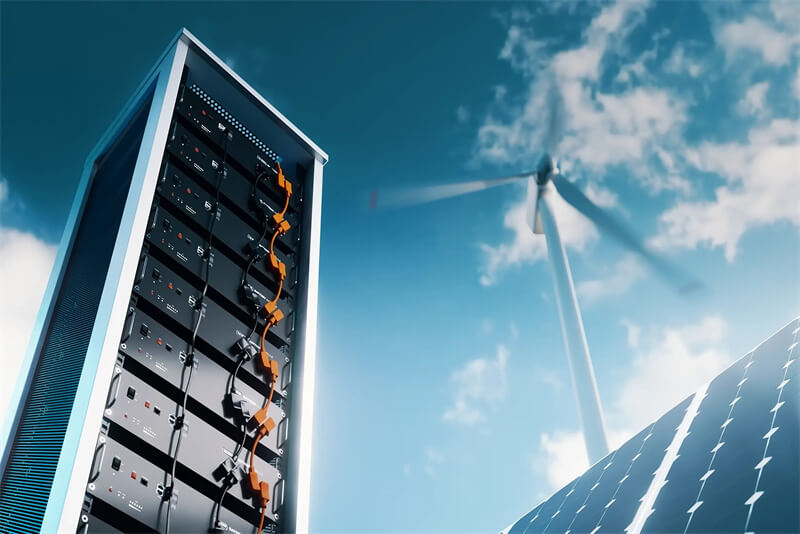
Conclusion
In conclusion, addressing issues with solar panel charging efficiency requires a systematic approach involving thorough troubleshooting, proactive maintenance, and, if necessary, seeking professional assistance.
By understanding the components and operation of solar charging systems, users can identify common problems such as shading, wiring issues, or component malfunctions and implement appropriate solutions to restore optimal performance.
Regular maintenance, including visual inspections, cleaning, and monitoring, is essential for preventing issues and ensuring long-term reliability. When DIY efforts fall short or safety concerns arise, consulting qualified solar energy technicians or installers can provide expert diagnosis, repairs, and system optimization. With proper maintenance, timely interventions, and occasional upgrades, solar charging systems can continue to deliver clean, renewable energy for years to come, contributing to sustainable energy solutions and environmental conservation efforts.


 Residential Energy Storage System
Residential Energy Storage System Commercial & Industrial BESS
Commercial & Industrial BESS Residential inverter
Residential inverter